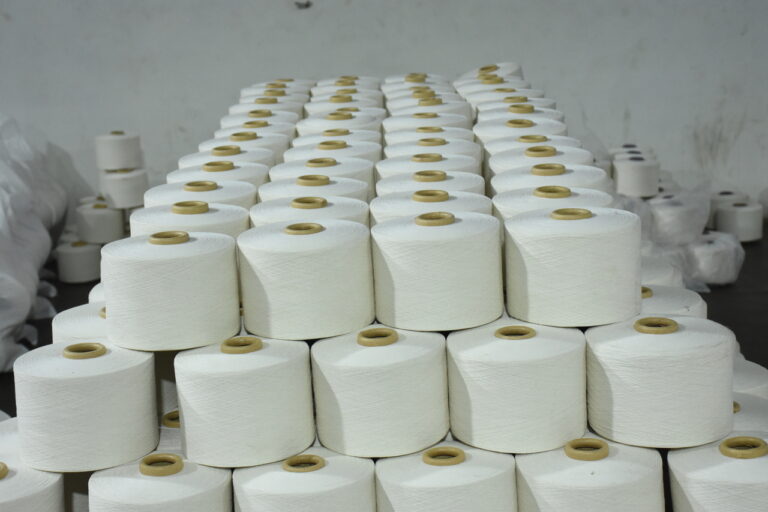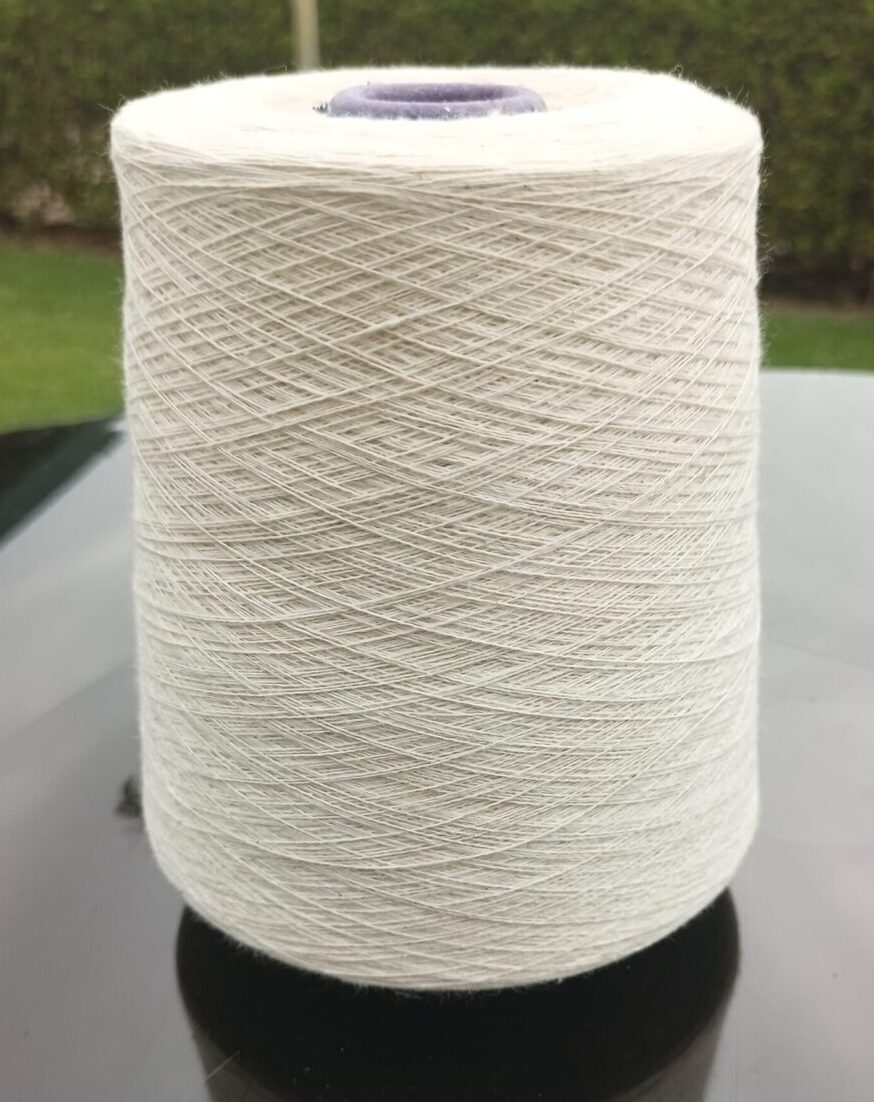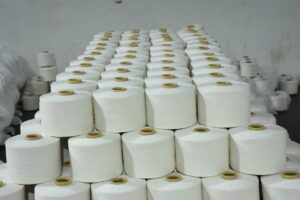
We produce yarn according to our customer’s requirements.

Silk is a Natural fiber that can be woven into textiles. Insects produce silk. They are also called cocoons of larvas. Mulberry leaves are the best source to obtain silk. Caterpillars produce wild silk, especially in China.

1. Carded cotton single yarn specifications (cotton yarn specifications): generally divided into 70-56, 55-44, 43-37, 36-29, 28-19, 18-17, 16-10, 9-7 according to the count , 6-3;
2. Combed cotton single yarn specifications (cotton yarn specifications): According to the count, there are 150-131, 130-111, 110-91, 90-71, 70-56, 55-44, 43-37, 36-29, 28-19, 18-16.